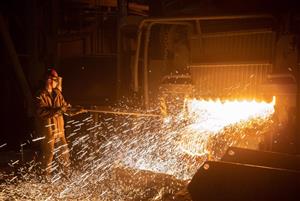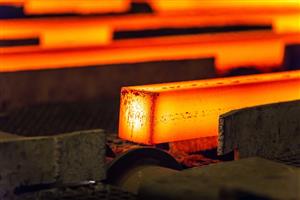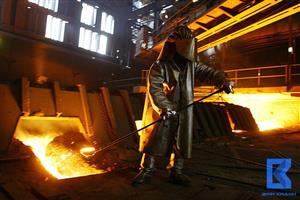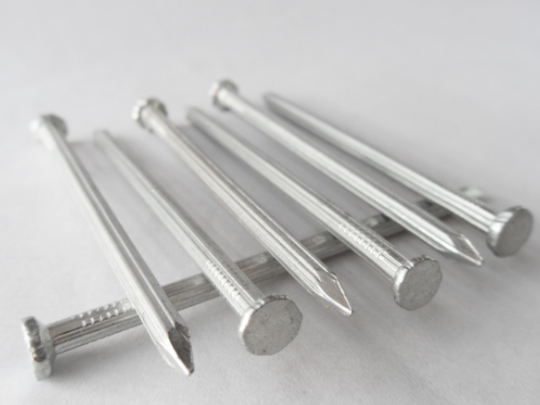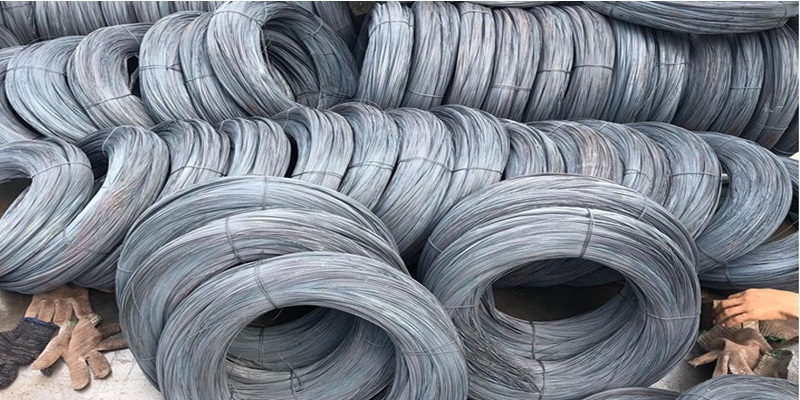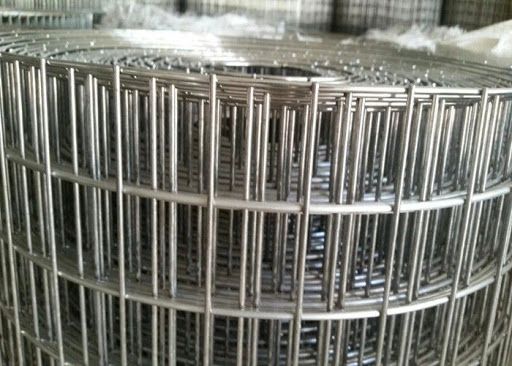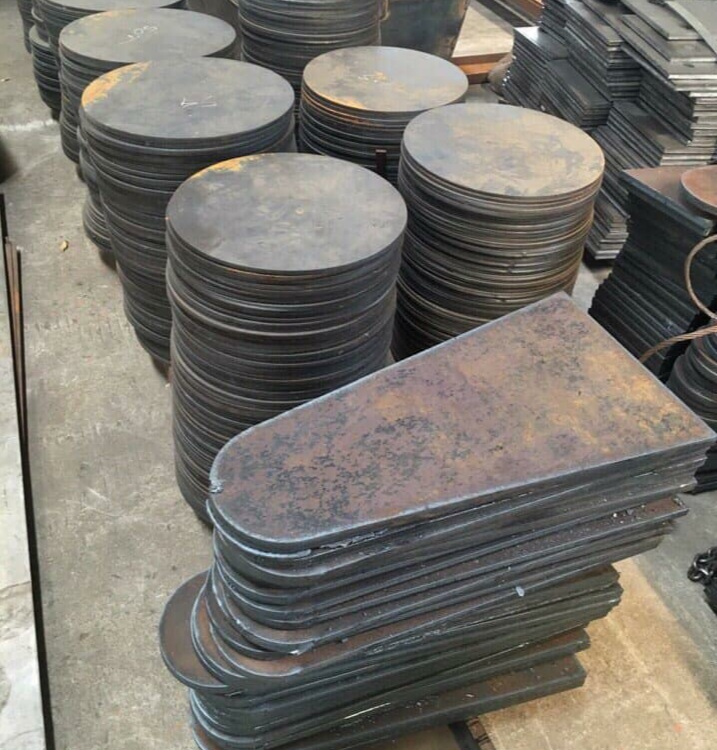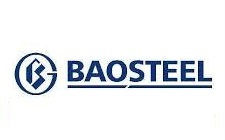However, green steel production is a vital direction for the steel industry in the future.
Steelmaking is one of the most important industries for the world economy, but also one of the dirtiest. The demand for steel is increasing day by day as the population grows and people travel more, build more skyscrapers and install more wind turbines.
How to "clean up" the steel industry, which relies heavily on an outdated and polluting technology, is becoming a global headline and a focus of the climate conference. COP26 this year.
1. What is Green Steel?
According to Bloomberg, green steel is a steel product that is manufactured using environmentally friendly technology, but is not really different from ordinary steel.
In the traditional method, steel is produced by melting iron ore and coke in a blast furnace at high temperature. Therefore, the traditional steel industry often emits large amounts of greenhouse gases.
2. What other steelmaking methods are there?
Today's cleanest steelmaking process (still in beta) uses green hydrogen, a product of renewable electricity, instead of burning coal. Biomass is also an alternative fuel to coal.
In addition, manufacturers are also researching the recycling of steel, but the amount of scrap steel available is relatively limited, so the impact of this method on the environment is likely to be limited. .
Workers at a steel mill in Russia. (Photo: Bloomberg).
3. Why is green steel important?
BloombergNEF said that the steel industry now accounts for about 7% of the world's carbon emissions. From 2019 levels, global steel demand will grow 47% by 2050.
In the context that governments of many countries have introduced a lot of new regulations as well as carbon taxes to improve the environment, green steel production is a goal that is both vital for the steel industry and contributes to limiting the heat. up globally.
4. Which giants are researching green steel?
Currently, many of the world's leading steel producers have begun to "clean up" steel products or set a goal in the next few decades to no longer use fossil fuels, according to Bloomberg.
This summer, Swedish steelmaker SSAB produced the world's first fossil fuel-free steel using green hydrogen. Volvo Corporation bought the first batch and used them to produce garbage trucks, launched in October.
And ArcelorMittal (based in Luxembourg) plans to build an iron ore processing plant in Spain by 2025. According to published information, this plant will use green hydrogen.
Rio Tinto Group (based in the UK), the world's largest iron ore producer, has collaborated with the University of Nottingham (UK) to launch a pilot project to use biomass as an alternative fuel for coke. .
Accordingly, Rio Tinto will mix biomass with iron ore, combine the heat emitted by a gas mixture from biomass and microwave renewable energy to convert iron ore into steel.
China Baowu Steel, the world's largest steelmaker, has pledged to be carbon neutral by 2050, a decade earlier than Beijing's national target.
5. Is green steel expensive?
Green steel will be more expensive than regular steel because they use more expensive manufacturing methods. In a 2018 study, the SSAB said the difference between the two steels could be as much as 30%. However, the current high price of fossil fuels may have reduced the number announced by SSAB.
While the difference between green steel and regular steel can have a significant impact on businesses that buy large quantities of green steel, experts say it will not make much of a difference for end consumers.
McKinsey & Co. said, in Europe, the average person spends about 200 euros (equivalent to 231) per year on steel. When the factory uses emission reduction methods to make steel, people will spend another 60 euros.
Vietnambiz
 English
English  Vietnamese
Vietnamese
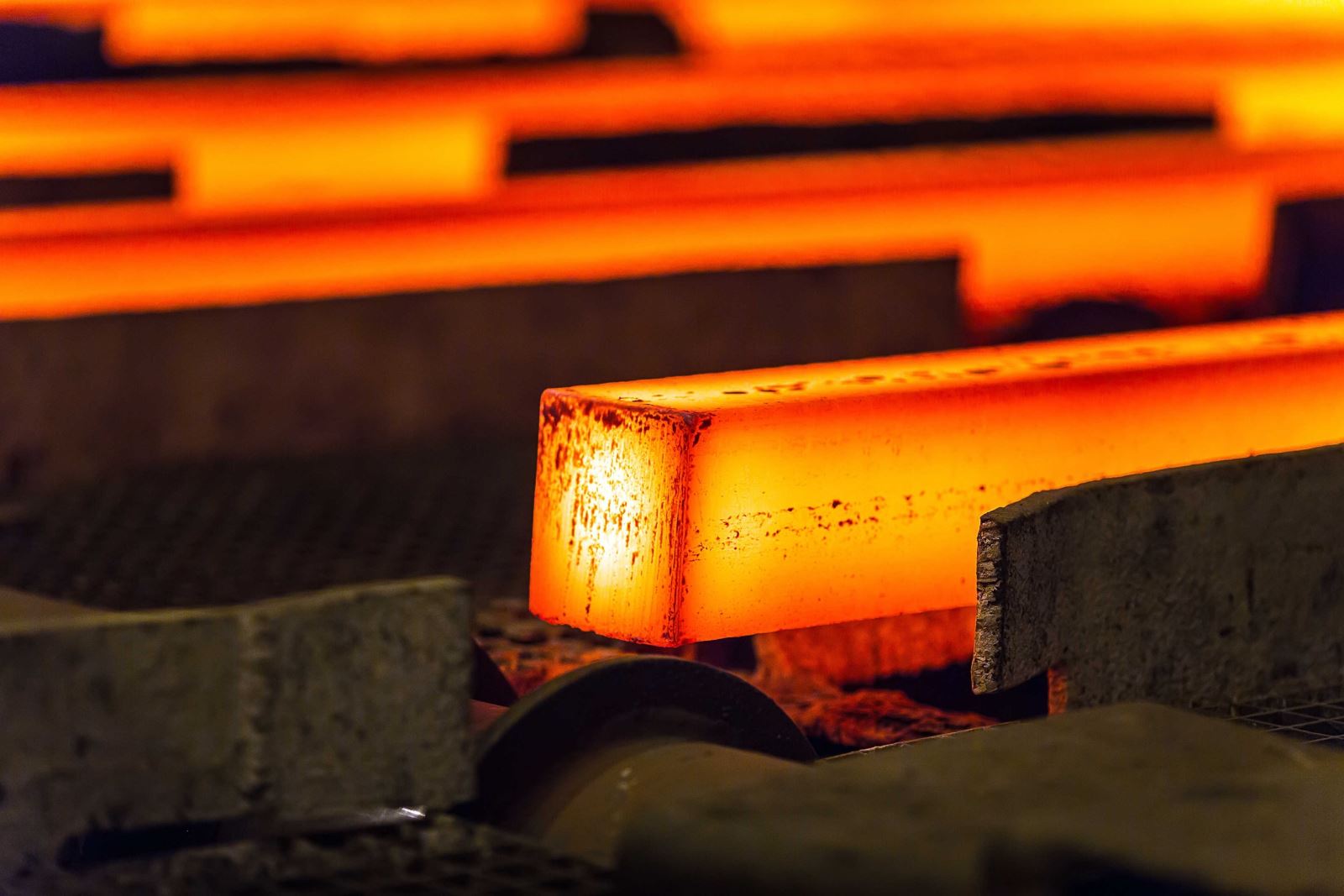


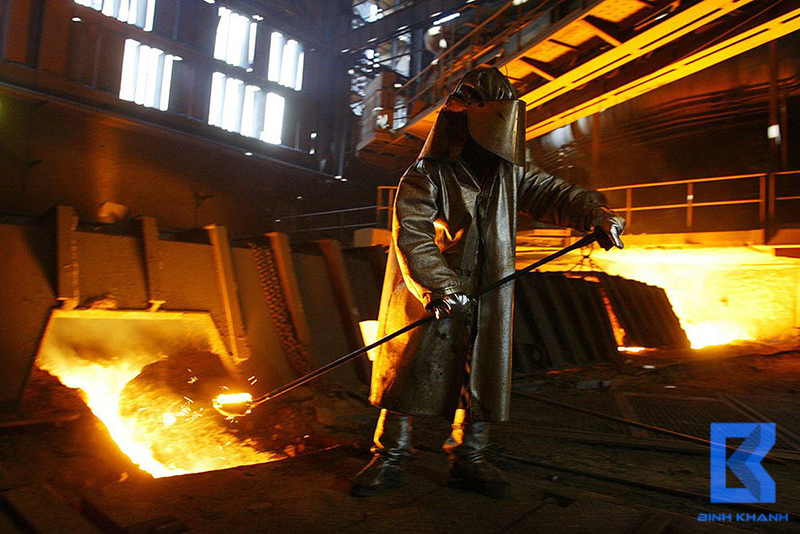

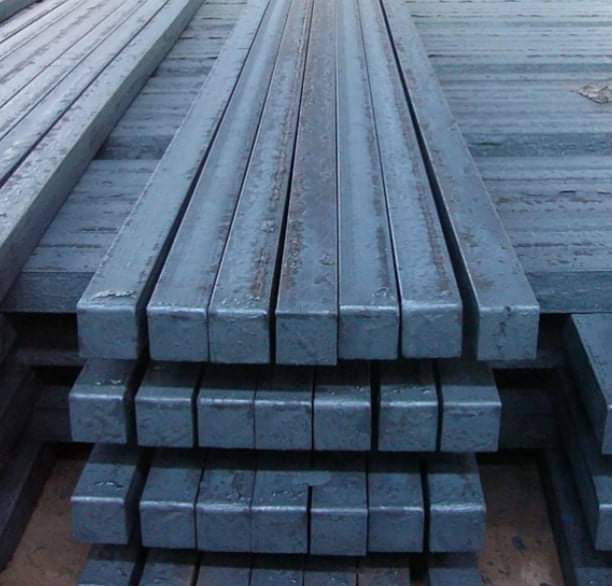

w300.jpg)
